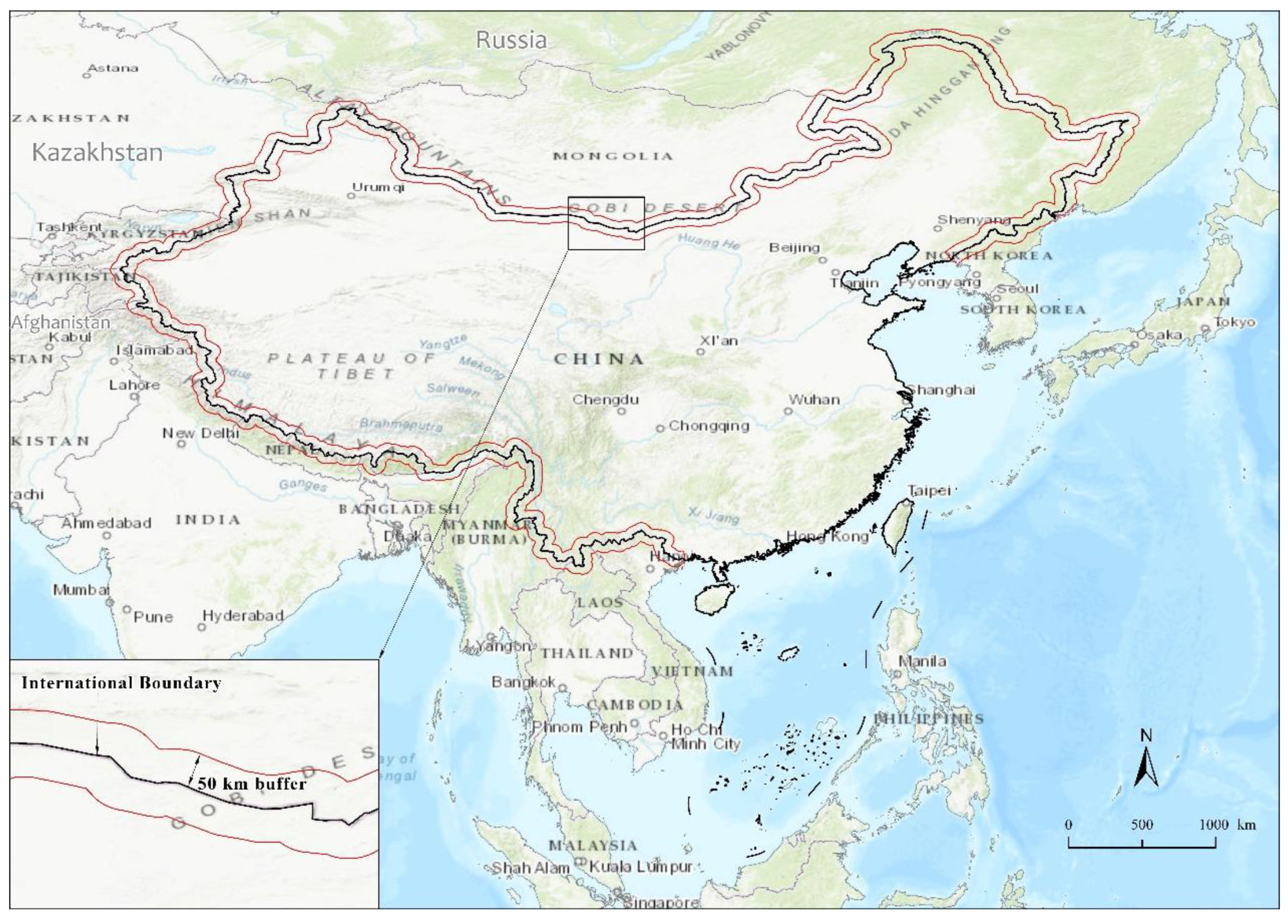This article discusses the similarities and differences between the Ming Dynasty and the Ottoman Empire, two of the most powerful empires in the world’s history. They were both hereditary monarchies, with the emperor or sultan having supreme control over their people. In terms of military strength, both had a powerful army and navy. Both empires also made significant contributions to cultural fields, produced extraordinary scholars, and made significant advancements in economic development. Finally, the empires played a significant role in shaping world history, impacting their regions in particular and the world at large.
The Ming Dynasty vs. The Ottoman Empire: A Comparison of Two Great Powers
The Ming Dynasty and the Ottoman Empire were two of the most powerful empires in world history. Both empires left a lasting impact on their respective regions and played a significant role in shaping the world as we know it today. In this article, we will compare and contrast the Ming Dynasty and the Ottoman Empire in terms of their political systems, military prowess, cultural achievements, economic development, and impact on world history.
Political Systems:
The Ming Dynasty was a hereditary monarchy that ruled China from 1368 to 1644. The emperor was the absolute ruler and had complete control over the government and society. The emperor appointed officials based on their performance in the Imperial Examination, which was a rigorous test of knowledge and understanding of Confucianism. The Ming Dynasty had a sophisticated bureaucratic system that enabled it to maintain order and stability within its borders.
The Ottoman Empire was also a hereditary monarchy that ruled the Middle East, North Africa, and southeastern Europe from 1299 to 1922. The emperor, or sultan, was the absolute ruler and had ultimate authority over the government and society. However, the Ottoman Empire had a unique system of government, known as the millet system, which allowed for different religious and ethnic groups to have a degree of autonomy within the empire. This system helped the Ottoman Empire to maintain its diverse population and prevent rebellion.
Military Prowess:
The Ming Dynasty had a strong and well-trained army that was able to defend against foreign invasions and maintain domestic order. The Ming Dynasty was known for its use of gunpowder weapons, such as the fire lance and the cannon, which gave them a clear advantage over their enemies. The Ming Dynasty also developed a sophisticated naval fleet, which enabled them to expand their trade and influence across the South China Sea.
The Ottoman Empire also had a powerful military that was able to conquer large territories and subdue rebellions within its borders. The Ottoman Empire was known for its use of the Janissaries, an elite force of soldiers who were trained from a young age and were steadfastly loyal to the sultan. The Ottoman Empire also had a strong navy, which enabled them to control key waterways such as the Mediterranean and the Black Sea.
Cultural Achievements:
The Ming Dynasty was known for its cultural achievements in the arts, literature, and sciences. The Ming Dynasty produced some of the greatest artistic masterpieces, including blue and white porcelain and silk textiles. The Ming Dynasty also produced renowned scholars, such as the polymath Wang Yangming, who made significant contributions to the fields of philosophy, literature, and anatomy.
Similarly, the Ottoman Empire was known for its cultural achievements in the arts, literature, and sciences. The Ottoman Empire produced exquisite architectural marvels, such as the Sultan Ahmed Mosque and the Topkapi Palace. The Ottoman Empire also produced renowned scholars, such as the mathematician and astronomer Taqi al-Din, who made significant contributions to the fields of mathematics and astronomy.
Economic Development:
The Ming Dynasty was known for its economic development, which was fueled by its robust trade networks and agricultural innovations. The Ming Dynasty established the Maritime Silk Road, which enabled them to trade with countries across Asia and Africa. They also developed new agricultural techniques, such as the three-field system, which increased crop yields and supported a growing population.
Likewise, the Ottoman Empire was known for its economic development, which was fueled by its strategic location at the crossroads of Europe and Asia. The Ottoman Empire established trade networks with countries across the Mediterranean and through the Silk Road. They also developed new industries, such as textiles and metalworking, which supported a growing economy.
Impact on World History:
Both the Ming Dynasty and the Ottoman Empire had a significant impact on world history. The Ming Dynasty played a crucial role in shaping China’s political and cultural landscape, and its legacy lives on today. The Ottoman Empire played a crucial role in shaping the Middle East, North Africa, and southeastern Europe, and its legacy is still felt in the modern world.
In conclusion, the Ming Dynasty and the Ottoman Empire were two of the most powerful empires in world history. While they were different in many ways, they shared many similarities in terms of their political systems, military prowess, cultural achievements, economic development, and impact on world history. By studying these two great powers, we can gain a better understanding of the complex and interconnected history of the world.
